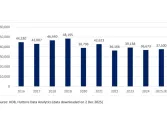
Cosmetic skincare market to grow US$79.4b from 2022 to 2027
The annual growth rate for the global market will hit 8.72%, due to growing demand.
The global cosmetic skin care has been projected to grow by US$79.4b from 2022 to 2027 driven by skin-lightening products, according to a Technavio report.
The compound annual growth rate for the sector will reach 8.72%, with 51% coming from the APAC region throughout the forecast period.
The region is a strategic market for growth in the cosmetic skincare market, courtesy of the Asian women's base choosing skin-lightening creams and skin-brightening lotions. Promotional activities and eye-catching marketing also contribute to its growth.
Importantly, the promotion of beauty and health benefits of facial skincare products has also contributed to the global market growth. This leads to the marketplace becoming more competitive with their product innovations, launches, investments and market share.
There is also success with the introduction of premium skincare products, catching more attention from high-profile makeup artists and fashion-conscious consumers. Throughout the forecast period, premium brands will fuel the growth of the market, with the luxury consumer base relying on such products to aid their social media presence and personal credibility.
ALSO READ: E-commerce leads China’s FMCG market with 4% YoY in Q3
The performance of premium brands is also driven by the expanding global reach, with consumers travelling to the US to buy such items. Social media also helps contribute to its continuous expansion on every retail platform.
However, strict regulations will be a primary obstacle to its growth. With health regulations heightened in the manufacturing of such products, production has become more labour-intensive, leading to delays.
The proper measure is to adapt to the current marketplace and invest in innovative solutions for safer skincare products.

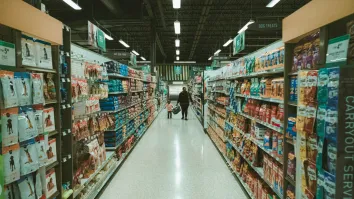
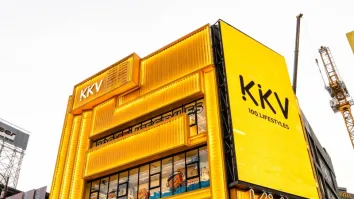
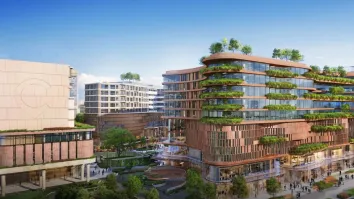






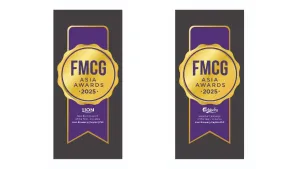






 Advertise
Advertise
